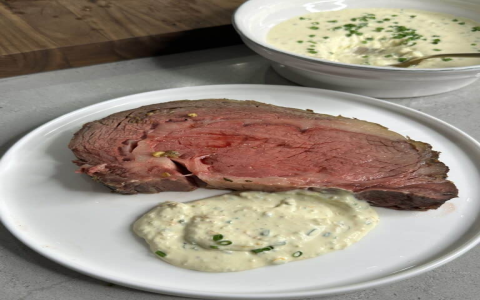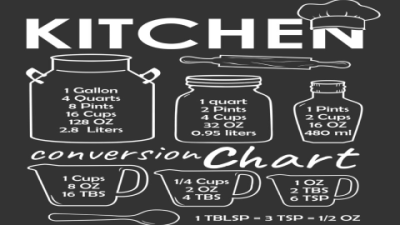Let’s be real — waiting around days to thaw a prime rib when you’re hungry (and maybe a bit impatient) can feel like forever. But rushing it the wrong way? Well, that could leave you with a dry, flavorless mess. Nobody wants that, especially with such a special, luxurious cut of beef. The good news is, you really can defrost a prime rib quickly without wrecking the taste or texture — you just need to know the right tricks.
Prime rib is kind of a diva when it comes to thawing. It’s thick, dense, and hates uneven temperature changes. You want to treat it gently so it cooks nicely and stays juicy. Usually, the best way is slow and steady — think fridge thawing over a couple of days. But sometimes life happens: you forgot to take it out early, or guests are coming sooner than planned. So what do you do?
Well, let’s break down what actually happens when you thaw prime rib, and then I’ll share some ways to speed it up — safely. Because honestly, the last thing you want is to waste hours or ruin your dinner.
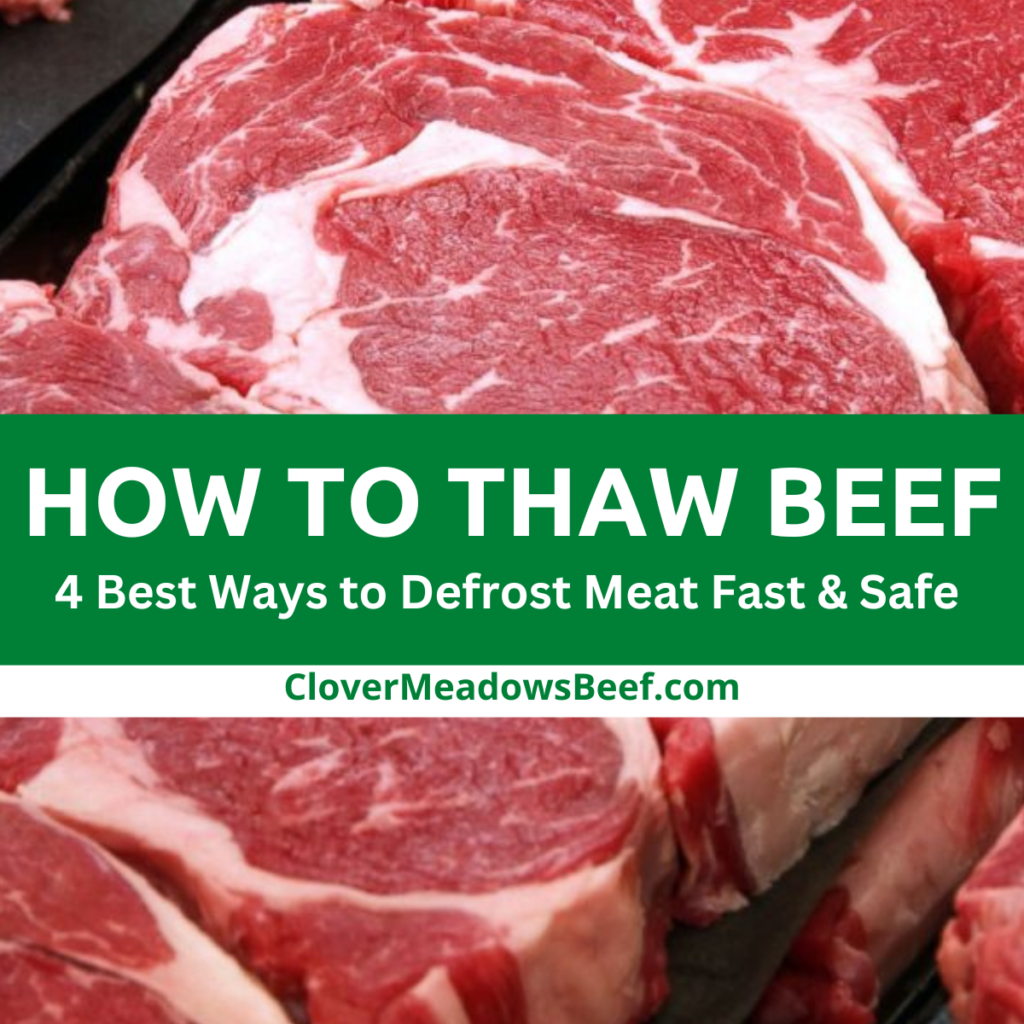
Why Does Thawing Prime Rib Take So Long?
When prime rib is frozen solid, the cold has penetrated all the way through the thick cut. To get it ready to cook, you need to raise the temperature evenly all the way in — no weird frozen lumps in the middle! That’s why the slow fridge method (which takes about a day for every pounds) works so well: it keeps the meat at a safe, steady temp, preventing bacteria from creeping in while letting the thaw happen gradually. It might feel painfully slow when you’re hungry, but it really is safest.
But if you’re short on time, don’t panic yet. There are other ways. Just be careful to avoid shortcuts that dry the meat out or make it unsafe.
Faster Ways to Thaw Your Prime Rib (Without Sacrificing Flavor)
1. The Cold Water Bath Trick
This method is sort of a magic hack — it speeds things up and keeps the quality pretty well. Here’s the deal: take your prime rib, put it into a strong sealable plastic bag (this part’s super important to keep water out), then dunk it into cold water. Not warm, not hot — cold! And keep it fully submerged.
Now here’s the catch: you need to change the water every minutes or so. If you leave it too long, the water warms up and becomes a bacteria playground. By swapping water, you keep it chilled and speed up the thaw.
Expect roughly minutes per pound. Yes, it still takes a bit, but if you have a 7-pound roast, you’re looking at only about 3. hours instead of a whole day or two. And the flavor? Very close to the fridge method — your roast stays juicy and tasty.
2. Running Cold Water Thaw: A Bit More Hands-On
This one’s like version 2. of the cold water bath — but instead of stagnant water, you let a gentle stream of cold water flow over your sealed bag. Water is a great heat conductor, so moving water melts ice faster than still water. Just keep an eye on the temp — you want it cold enough to stay safe, ideally below 70°F.
This can knock your thawing time down to a couple hours for small roasts. Bonus: it’s pretty foolproof, but gotta stay by the sink and not wander off for too long.
3. Can You Use the Microwave?
Sure, you can, but honestly, it’s not great for prime rib. Microwaves tend to thaw unevenly — some spots get hot, some still frozen — and you risk beginning to cook the edges while the inside is still icy. That means a loss of flavor and weird texture, which totally kills the experience for such a prime cut. My advice? Save the microwave method for tiny steaks or emergency situations only.
What To Do After Thawing Your Prime Rib
Okay, your prime rib is thawed, yay! But hold on — there are still a few key things to do if you want to get that perfect crust and juicy bite.
First, pat your roast dry — really get in there with paper towels. Removing surface moisture helps when you sear it or roast it, because wet meat steams instead of browns, and nobody wants a pale, soggy crust.
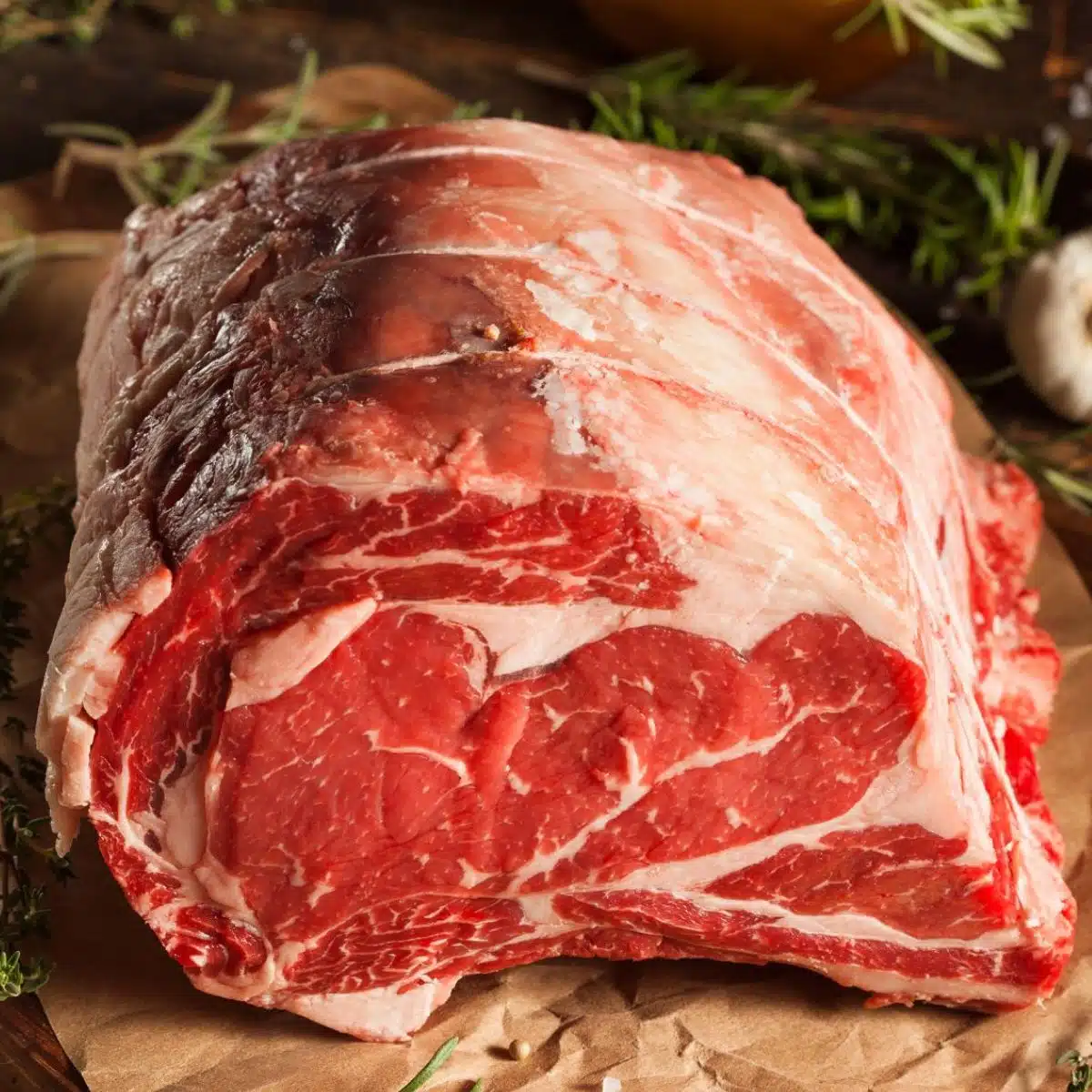
Second, give it some time to warm to room temperature, about or hours depending on size. This might feel like “extra waiting,” but it actually helps the roast cook more evenly, avoiding a tough outer layer and raw center.
One pro tip I swear by: try dry brining. Just sprinkle kosher salt liberally over the whole roast and let it sit uncovered in the fridge overnight. The salt draws out moisture, then reabsorbs it, seasoning the meat deeply and drying the surface just a bit for that mouthwatering sear.
Simple Tips to Keep Your Prime Rib Safe and Flavorful When Thawing Fast
| Tip | Why It Matters |
|---|---|
| Use airtight bags or vacuum seal | Stops water from leaking in and keeps meat juicy |
| Keep meat fully submerged in cold water | Allows even thawing and speeds up safely |
| Change the water every mins | Keeps water cold and slows bacterial growth |
| Never thaw at room temperature | Danger zone temps encourage unsafe bacteria growth |
| Cook immediately after fast thaw | Minimizes food safety risks after thawing |
| Dry the roast well & let sit at room temp before cooking | Improves browning and even cooking for better flavor |
| Consider dry brining overnight | Enhances juiciness and flavor penetration |
A Quick Look at Thawing Times & When To Use What
| Method | Approximate Time | Flavor & Texture Result | Best Situations |
|---|---|---|---|
| Refrigerator thaw | hrs per lbs | Best texture & flavor | Plan ahead |
| Cold water bath | mins per pound | Good quality, fairly quick | Moderate time pressure |
| Running cold water | 1- hrs for small roasts | Good with close attention | Urgent thawing, hands-on |
| Microwave | Minutes | Risky, uneven texture | Only emergencies |
| Room temp thaw | Not safe | High risk of spoilage | Never do this |
FAQs (Because Let’s Face It, You’re Probably Wondering These!)
Q: Can I freeze my prime rib again after thawing quickly?
A: It depends. If you thawed it in the fridge slowly and never let it sit out, yes. But if you did the cold water thaw or room temp, better to cook right away. Refreezing after quick thawing often leads to dry, tough meat.
Q: What’s the ideal fridge temp for thawing?
A: Aim for between and 38°F. Cooler is safer but slower. If your fridge’s a bit warmer, your meat might thaw faster but watch out for any off smells.
Q: Is frozen prime rib basically “as good” as fresh?
A: When frozen right — I mean vacuum sealed and flash frozen quickly — it can taste almost as good as fresh. The trick is how you thaw it later.
Q: My prime rib is still icy inside after days in the fridge. What now?
A: That’s normal for big roasts. They take time. If you’re in a rush, you can try the cold water method briefly to finish thawing.
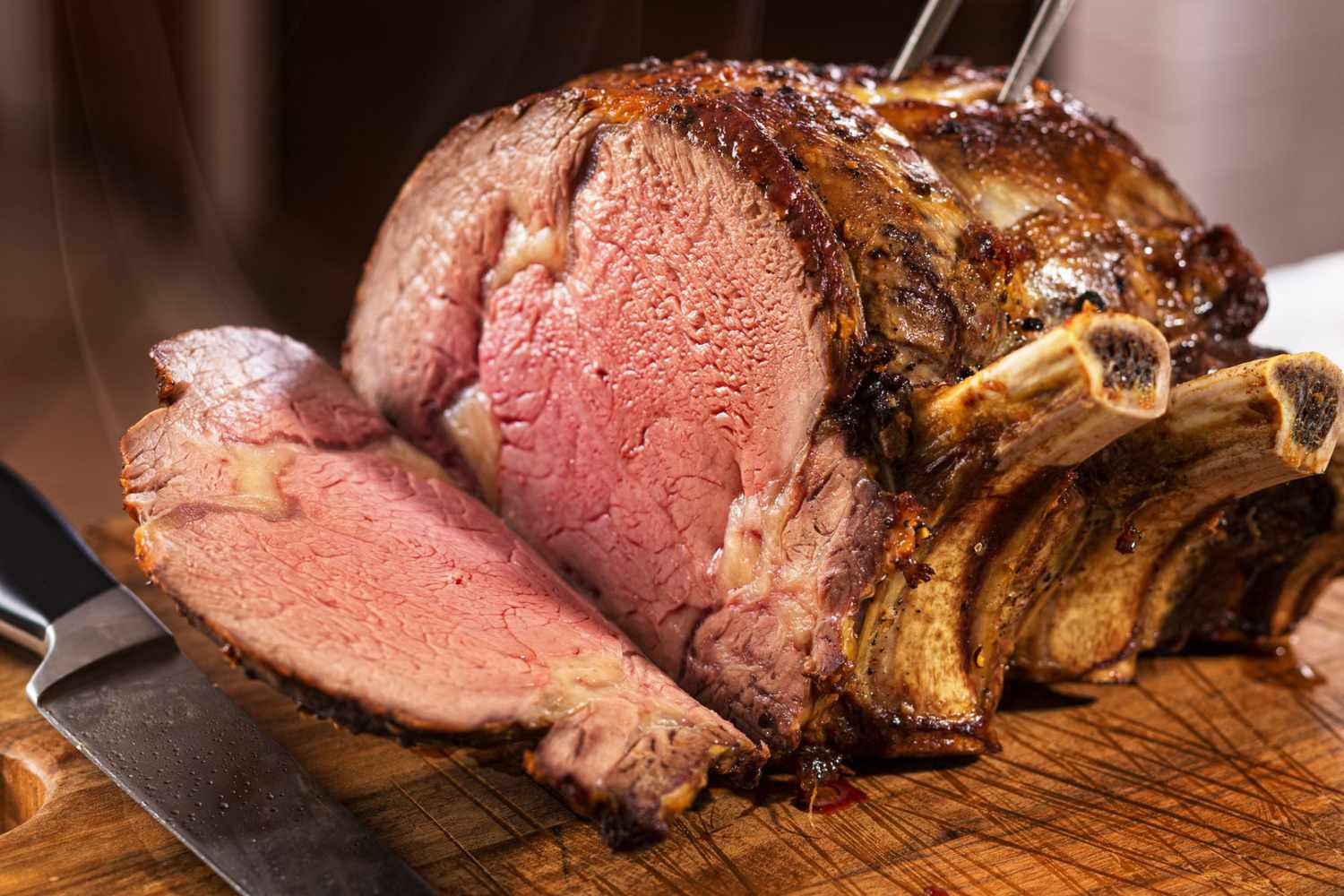
Q: Can I just cook prime rib from frozen?
A: You can, but expect uneven cooking and longer times. It’s better to thaw first to get the flavor and texture just right.
The Bottom Line — Quick Thawing Done Right!
Look, prime rib is worth the effort. It’s not just any steak — it deserves a bit of patience and care. But when you’re strapped for time, you don’t need to settle for yesterday’s leftovers or mystery meat. Follow these thawing methods, respect food safety, and you’ll end up with a roast that’s juicy, flavorful, and better than you hoped.
Even if you choose the cold water thaw over the fridge method, sealing the meat properly and cooking as soon as it’s thawed is key. Combine that with some drying and maybe a salt rub before cooking, and you’re set for prime rib success — no stress, no flavor lost.
Trust me, once you nail this, your dinner guests will think you’re a pro chef. Because, well, you kind of are.
